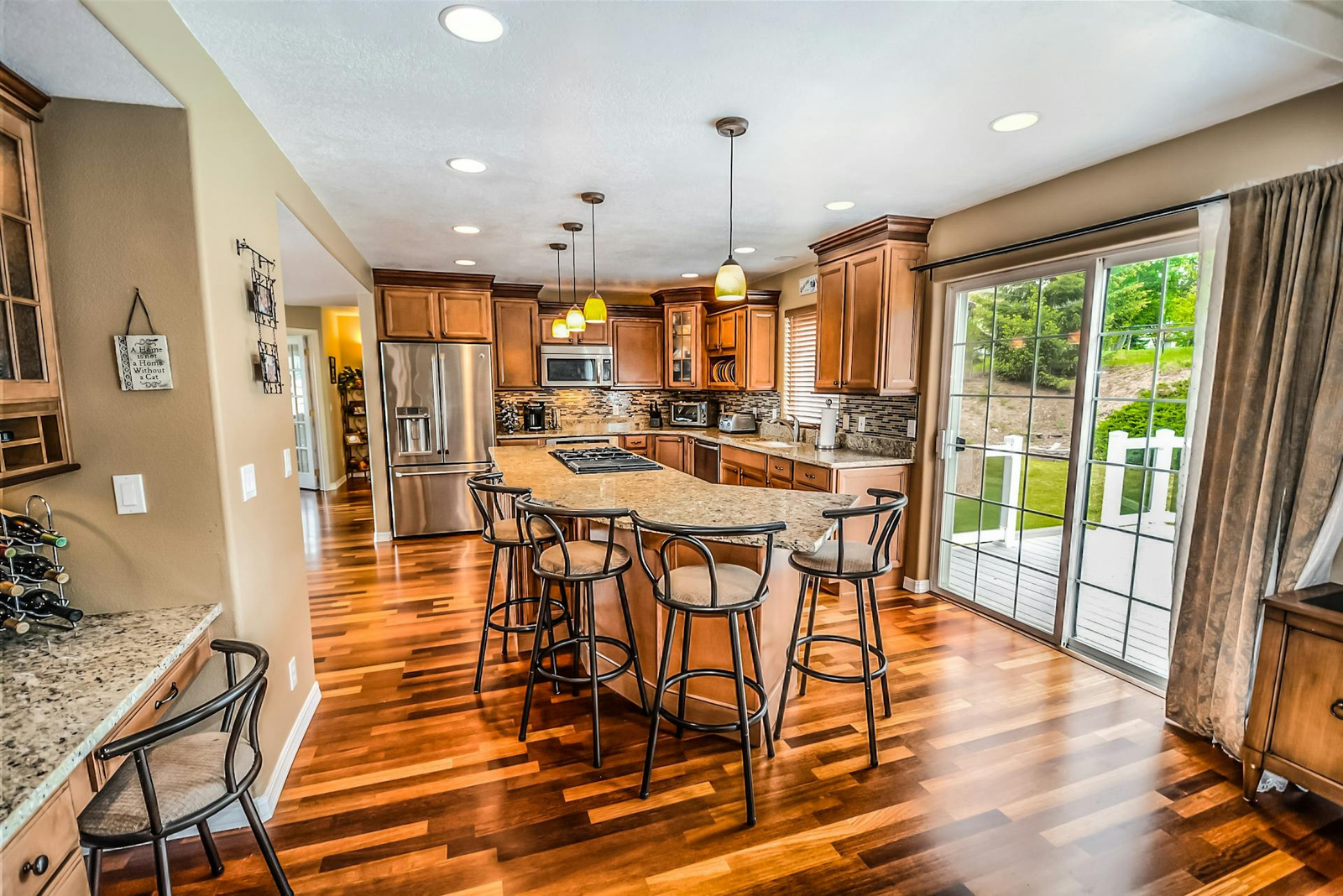Buyer's
A Step-by-Step First Time Buyer's Guide

Apartment amenities include features of a building that you wouldn’t expect to find everywhere. The more amenities a building has, the more likely it will gain a competitive edge in attracting prospective tenants.
Common examples include a fitness center, business center, balconies, laundry room, swimming pool, childcare center, playground, and community room.
Apartment Amenities to Draw Renters
When you are looking for an apartment, you should keep in mind which amenities are most important for your lifestyle. This will be your home for months and even years to come. What will make it more pleasant, and what isn’t worth any extra rental dollars?
For owners and developers, it is important to know which amenities will give the most return on their investment. Whether you are designing a new apartment complex or renovating an existing one, it pays to stay up on the trends. Some amenities, such as a pool, require not only an initial allocation of space and expense to build but significant ongoing maintenance. Others can be installed at little initial or ongoing cost. Some can even save a landlord money and time.
Which amenities are valued most by renters also depends on their age group and lifestyle. Is it a family-friendly building? Is it in a college market? Is it best for retired, empty-nest renters?
Amenities by Category

STEP 1: RESEARCH
YOUR BUDGET


PREQUALIFIED
REAL ESTATE AGENT

CONTACT US TODAY TO DISCOVER HOW WE CAN HELP YOU FIND YOUR PLACE.

RIGHT HOME
OFFER


HOME INSPECTED
LOAN


STEP 9: GET A HOME
APPRAISAL
PAPERWORK

CONGRATULATIONS
Helpful tips & guides for buyers
Videos for Buyers



Looking for your dream home?
Maisonco offers 39 exceptionally well-planned floors with 98 unique residences. Anywhere you look it is surrounded by beautiful views. The straight streets filled with dynamic life and cozy parks looking magnificent in any season are drawing in the windows stunning pictures. Each residence has prepared something very individual for you.



